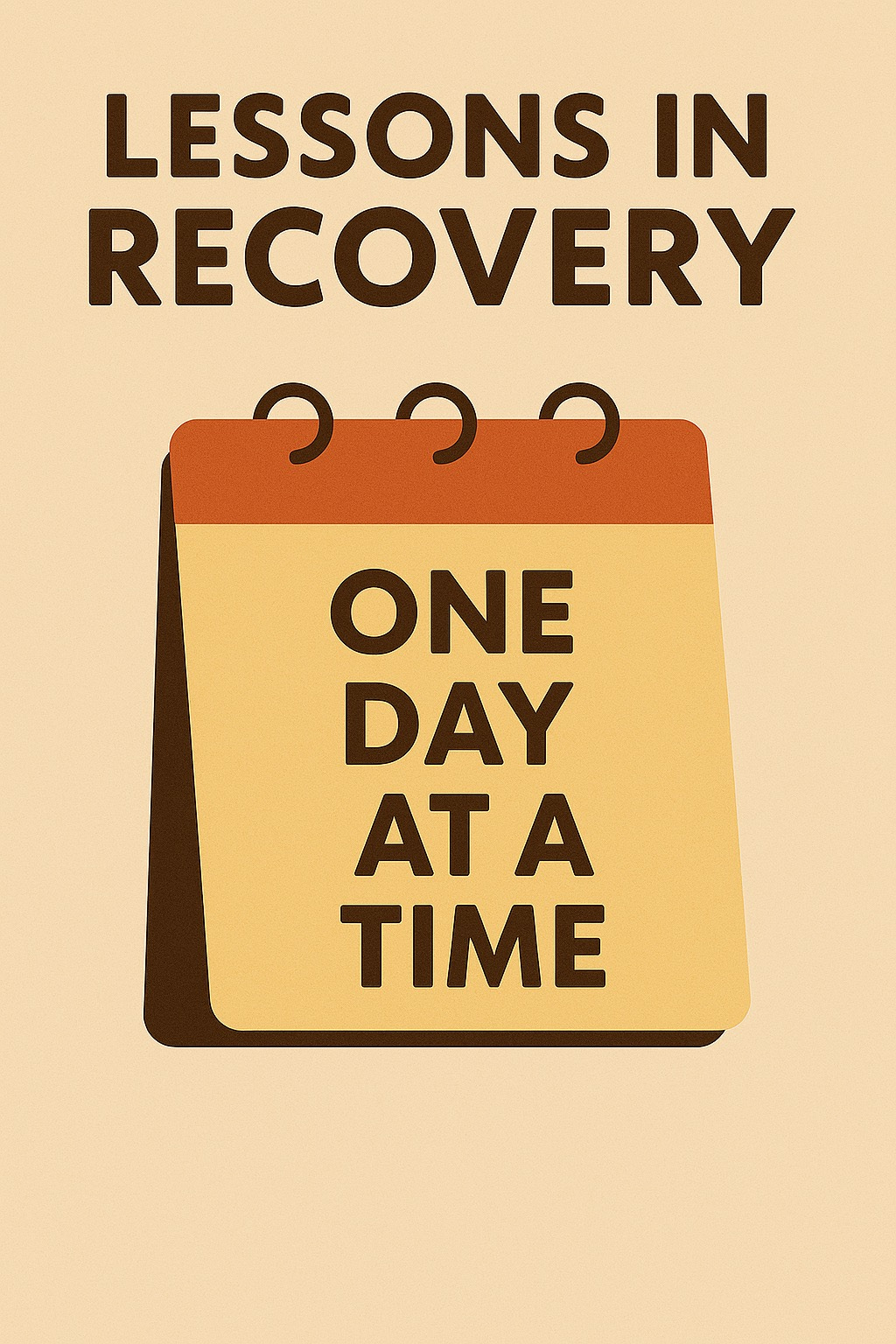The Unexpected Lessons of Recovery: Insights from the Inside Out
Recovery isn’t linear. It doesn’t follow a clear sequence, and it certainly doesn’t adhere to anyone’s timeline. Whether we’re talking about recovery from burnout, addiction, trauma, grief, or even a tough life transition, the process almost always surprises us. From the outside, it’s easy to picture recovery as this upward climb—a little messy at first, then progressively better. But from the inside out, it often looks more like a spiral: looping through progress, pause, regression, and new insight.
And that’s where the unexpected lessons come in.
Lesson One: Slowness is Not Stagnation
One of the first things I had to unlearn in recovery was the belief that slowing down meant falling behind. In a culture that rewards productivity and speed, embracing stillness feels counterintuitive. But recovery forces you to stop pushing and start listening. It teaches that quiet moments—the ones that feel like “nothing is happening”—are often where the nervous system recalibrates, where clarity reemerges, and where self-trust is slowly rebuilt (Van der Kolk, 2014).
Slowness, in this context, becomes sacred. It’s the ground where integration happens. Where we begin to notice how we’re breathing. How we’re speaking to ourselves. How our bodies respond to safety, or the lack of it. These micro-moments of awareness become the new compass.
Lesson Two: Progress Looks Like Discomfort
Here’s the paradox—healing hurts. But not in the same way the original wound did. Growth-based discomfort is different. It feels like vulnerability. Like sitting in a room with the lights on and nothing to hide behind. The discomfort shows up when you say “no” for the first time, when you start sleeping again after months of insomnia, or when you let someone actually care about you.
Discomfort in recovery is often a sign that we’re stepping out of an old pattern, stretching new muscles. That’s not failure. That’s progress in disguise (Brown, 2015).
Lesson Three: Community is Medicine
The myth of doing it all alone is deeply ingrained, especially in Western individualistic cultures. But one of the most profound insights I’ve gained is this: we don’t recover in isolation. We heal in connection. Not just from talking, but from being witnessed, from being mirrored, from seeing ourselves in the experience of another.
Studies in trauma recovery and addiction have long supported the role of supportive relationships in long-term healing (Hari, 2015). It’s not just about having people around—it’s about being known. Recovery teaches us to distinguish between people who simply cheer us on and people who hold space for who we’re becoming.
Lesson Four: Identity is Fluid
Perhaps one of the most beautiful (and terrifying) insights of recovery is that we’re allowed to change. A lot. Over and over again. Often, what we’re recovering from isn’t just an event or habit—it’s a version of ourselves we clung to for survival. Letting go of those identities—“the strong one,” “the reliable one,” “the overachiever,” “the caretaker”—makes space for something more authentic to emerge.
That transformation can feel disorienting, especially when the world still expects the old version of you. But recovery reminds us that reinvention isn’t betrayal. It’s renewal. A homecoming to the parts of us that got buried under expectation, trauma, or burnout (Maté, 2022).
A Note to Anyone in the Middle
If you’re in the thick of it, take heart: just because you can’t see the shift doesn’t mean it isn’t happening. The middle of recovery is often murky, but that doesn’t mean you’re lost. It means you’re in motion. Recovery doesn’t always offer instant clarity—but it does offer wisdom, piece by piece, as you move through the work.
So let yourself be in the process. Let it be messy. Let it be non-linear. Let it teach you.
Because from the inside out, that’s where the real change lives.
References
Brown, B. (2015). Rising strong: How the ability to reset transforms the way we live, love, parent, and lead. Spiegel & Grau.
Hari, J. (2015). Chasing the scream: The first and last days of the war on drugs. Bloomsbury Publishing.
Maté, G. (2022). The myth of normal: Trauma, illness, and healing in a toxic culture. Avery.
Van der Kolk, B. (2014). The body keeps the score: Brain, mind, and body in the healing of trauma. Penguin Books.




